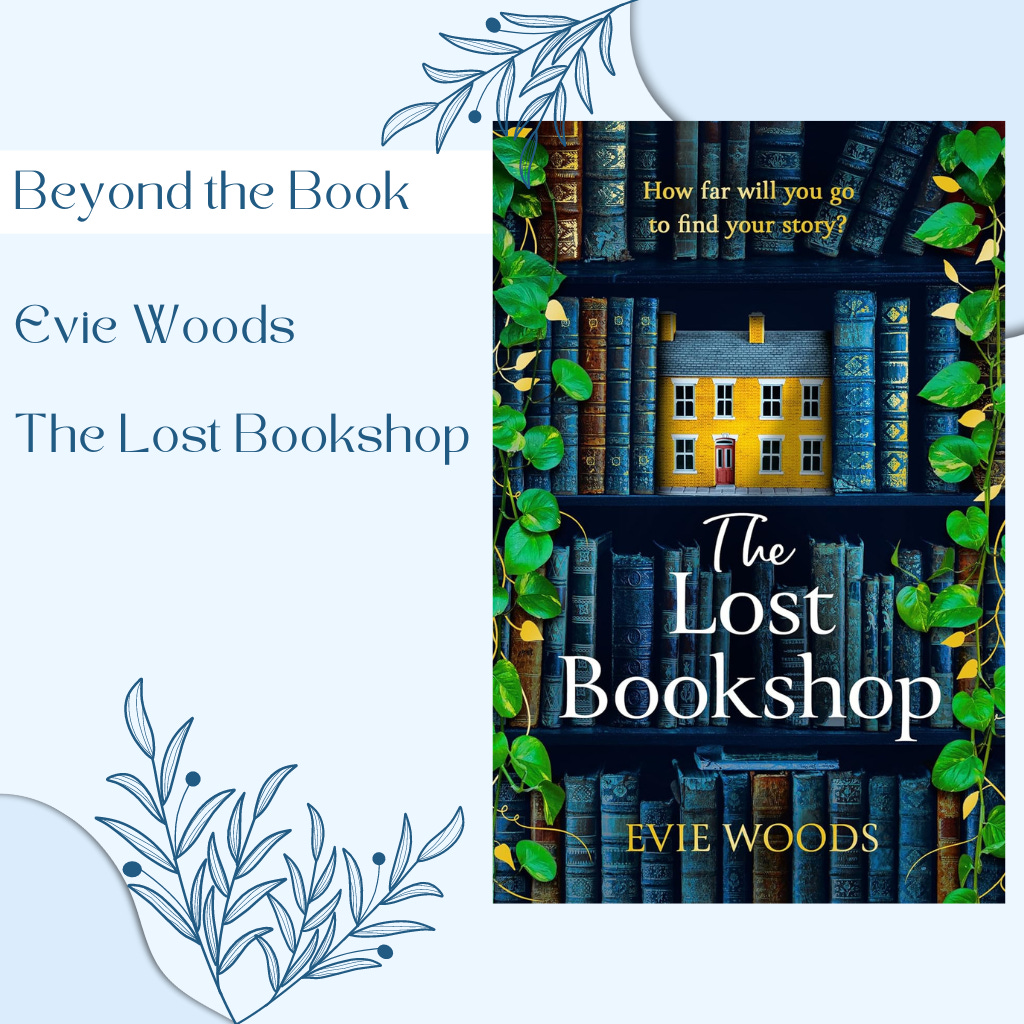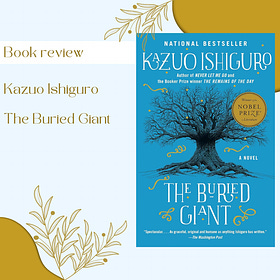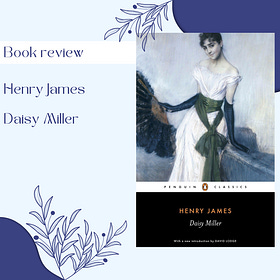Beyond the Book: Evie Woods — The Lost Bookshop
My most recent read was a book by Evie Woods, which I stumbled upon quite by accident. Naturally, the title grabbed my attention first. Anything related to letters and books (that isn’t discussing the operational principles of a nuclear power plant) typically piques my interest. So, when the title mentioned a bookshop, I couldn’t resist and grabbed the book.
First off, I must say the book was a pleasant surprise. It was compelling to read, the main characters were likable, and the dual timelines added an intriguing layer to the novel.
From this point on, there will be spoilers in this article. If you wish to remain uninformed about the plot’s conclusion, it’s best to stop reading now. However, for those interested in symbolic meanings and family dynamics, continue reading until the end.
One timeline of the story is set in the 1920s, following Opaline Carlisle, later using the pseudonym Grey. She flees to Paris to escape the marriage plans her apathetic mother and her tyrannical and, as we later find out, aggressive brother have for her.
It turns out that there’s a familial link between Opaline and another protagonist, Martha, in a different timeline; Opaline is Martha’s great-grandmother. No one knows about this link until a series of convoluted events filled with adoptions and secrets unravel. In the present, Martha flees from her physically abusive husband and finds refuge working as a maid in a peculiar house where tree branches grow from the walls, and its elderly yet eccentric mistress grows increasingly fond of her.
Male and Female Characters
It’s noteworthy that the novel portrays predominantly damaged male characters, with the exception of one truly supportive man — Opaline’s father, who we later learn is actually her grandfather. We only get snippets of him from Opaline’s brief memories.
The other male characters, including Opaline’s psychopathic brother, Martha’s husband, Henry, who mistreats his wife and frequently resorts to alcohol, and Henry, Martha’s later love interest, whose self-worth was completely shattered by his verbally abusive, alcoholic father, are all deeply flawed. None of them possess the calm, supportive, and protective masculinity that characterizes a mentally healthy man. By the end of the novel, only one of them, Henry, begins a journey of healing, with Martha’s help.
From this perspective, the novel accurately illustrates how a romantic relationship can be a motivating force in life that pushes someone to confront their own pain and begin processing their suppressed emotions. The way Martha and Henry support each other as they embark on their personal journeys of discovery and healing is a beautiful example of how things should progress. Even if the novel ends before their individual traumas truly clash within their relationship, we hope for the best and the writer suggests they succeed in their endeavor of becoming the best possible version of themselves.
Of course, the female characters are just as damaged as the males. While Opaline might stand up for herself against her brother and mother, she faces a bitter, decades-long horror as her reward. Even if she gets to live her own life by the novel’s end, it’s overshadowed by the tragedies she endured. Martha can be considered more fortunate; she didn’t lose two decades of her life and can start her healing process at a younger age. Martha and Henry’s relationship lightens the mood, making the novel’s conclusion feel uplifting.
Transgenerational Intricacies
A significant twist in the plot reveals that the man Opaline believes to be her brother is, in fact, her biological father, who had a fleeting affair with a French woman in his youth. Months after the affair, the woman showed up with the baby Opaline and left her with the man. Thereafter, the grandparents raised Opaline as if she were their own late-born child. It’s evident that Opaline, who allows herself to be seduced by a man she knows is untrustworthy and involved with other women, and gets pregnant by him, is mirroring her own mother’s fate. Since Opaline’s real mother is missing from the family (they never told her she was actually raised by her grandparents), Opaline unconsciously showcases the absent family member by replicating her destiny. The fact that Opaline’s daughter doesn’t grow up with her mother, just as Opaline didn’t, is yet another similarity between the fates of the two women, even if one chose to leave her child while the other had her baby taken away.
Another important connection is the presence of an aggressive, authoritarian, psychopathic male figure in the lives of both Opaline and Martha. They both experience what it feels like to be dominated ruthlessly by a man, to have their basic freedoms taken away and to live in fear.
As Martha doesn’t know for a long time about her relation to Opaline, this transgenerational connection only comes to light later. Just as Opaline unconsciously reminded family members of her mother by mirroring her fate, Martha too subconsciously reminds the family, and herself, of Opaline, whom no one realizes is a family member for a long time.
The Shop and Madame Bowden
The bookshop, a central symbol in the novel, has a mysterious nature. It selectively appears to certain individuals and then vanishes. I’ve often wondered about its significance and purpose. Why does it appear to some and then vanish? When does it manifest?
In my opinion, and I stress this is just an opinion, the shop is an extradimensional space. It can be perceived as a safe sanctuary within the shared consciousness of Opaline and Martha’s family lineage. A place where patterns of rebirth are recognized and that provides safety during one’s metamorphosis until they find themselves and their power. The shop appears to those in a mental state of genuine and resolute desire to improve their life. As they muster the courage, the shop emerges. Once someone discovers themselves, they become capable of guiding others on this journey using the shop.
I’m certain people have varying opinions on this. Feel free to comment on what the shop means to you and why it vanishes only to reappear!
I think Martha and Henry fail to see the shop for a long time because they’ve both lost touch with their inner voice and don’t trust their instincts, which could lead them to this secret place.
Madame Bowden’s name is intriguing. ‘Bowden’ is a type of sturdy, sheathed wire typically used for transmitting force. The name is fascinating because Madame Bowden exudes a powerful and stable energy. Despite her peculiar, aloof, and demanding nature, she ultimately “pulls” both Martha and to some extent Henry from a downtrodden emotional state to one of rejuvenation.
As for why no one but Martha and Henry can see Madame Bowden, there are various answers. From being a unique surreal element in a novel already laden with surreal elements, to her existing solely in the imaginations of Henry and Martha as a benevolent, powerful, supportive female archetype they draw strength from, right up to Madame Bowden being some sort of an angel in human disguise, stepping into the lives of the right people at the right time, like an aged and weary Mary Poppins adorned with pearl earrings, minus the penguins.
Emily Brontë’s Manuscript
And finally, let’s delve into the mysterious manuscript! The manuscript served two purposes in the novel: Firstly, it brought our two modern-day protagonists, Martha and Henry, together — initially as a shared goal and then as a shared success. Secondly, it established a transgenerational bond between Opaline and Martha. It’s intriguing that both Opaline and Martha “inscribed” the discovered part of the manuscript in a manner that ensured it was always with them. Opaline embroidered it into her only skirt, while Martha tattooed the text onto her back. I believe that through Emily Brontë, the spirit and archetype of a rebellious woman challenging her boundaries remained alive in both of them. This archetype helped both women survive the horrors in their lives, aiding them in picking themselves up from the ground and embarking on the path to healing.
In conclusion, ‘The Lost Bookshop’ by Evie Woods offers readers a rich tapestry of interwoven timelines, intricate family dynamics, and evocative symbolism. Woods explores themes of identity, trauma, and healing, reminding us of the transformative power of stories and the deep connections that bind generations. While the narrative may at times challenge readers to unravel its complexities, it’s this very challenge that makes the journey so rewarding.
Whether you’re drawn to historical mysteries, poignant family dramas, or simply the allure of a hidden bookshop, this novel promises an immersive experience.
I’m curious about the kind of experience this story provided for others. The thrill in literature is precisely in the myriad shades a single story can take on, depending on its reader. Share in the comments whether you agree with me or not! You can also bookmark this book review and come back after you’ve read the novel, I am really interested in how you’ll like it!
I highly recommend you read Evie Woods — The Lost Bookshop; it’s a great story!
– Eszter
Some links above are Amazon affiliate links, and if you buy something through these links I may earn a small commission at no extra cost to you.
Beyond the Book: “The Buried Giant” by Kazuo Ishiguro
Beyond the Book: "Daisy Miller" by Henry James
Home | Notes | Articles | Eszter’s Magic | Literary Bonbons | Short Stories and Guides | Beyond the Book | EWE Issues | Archive | About






